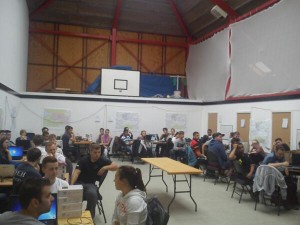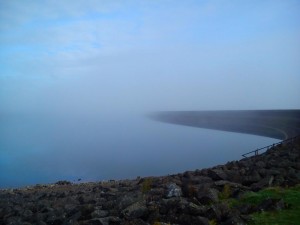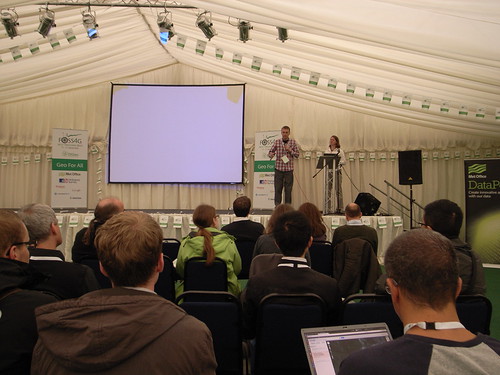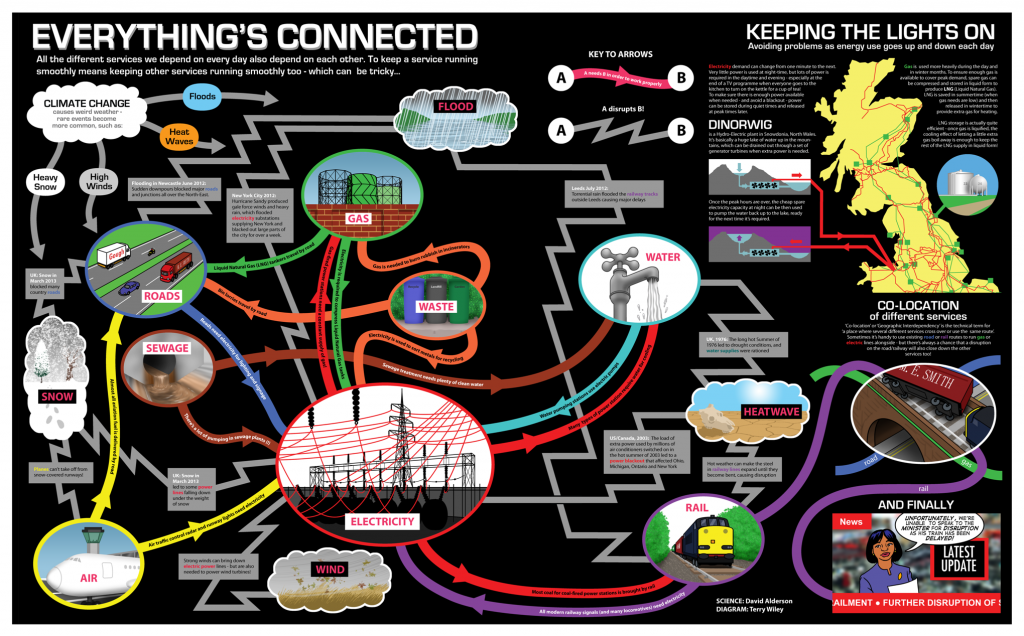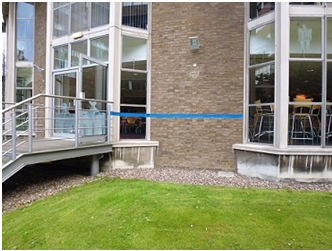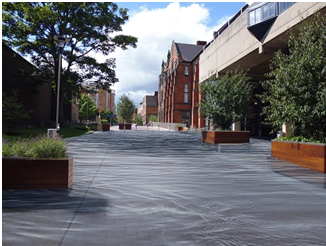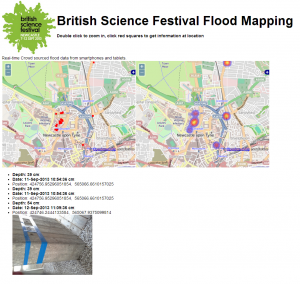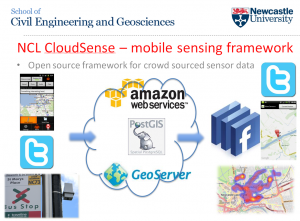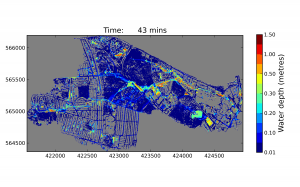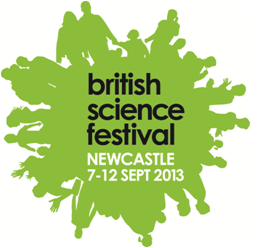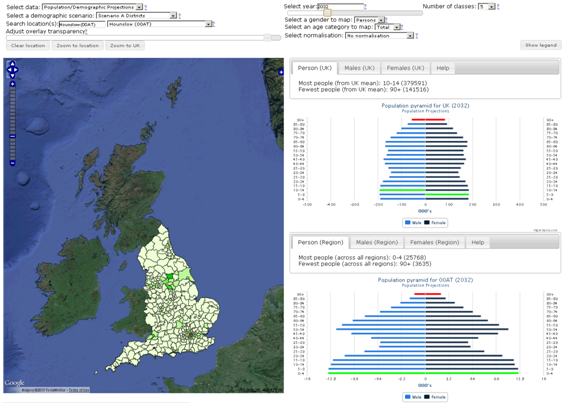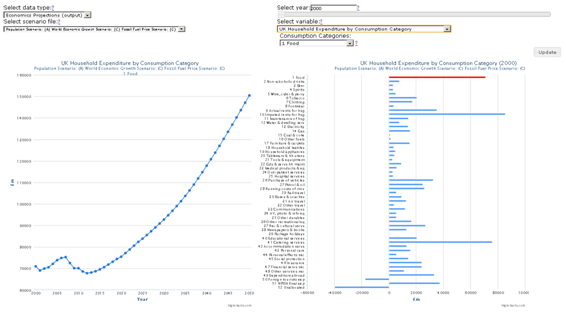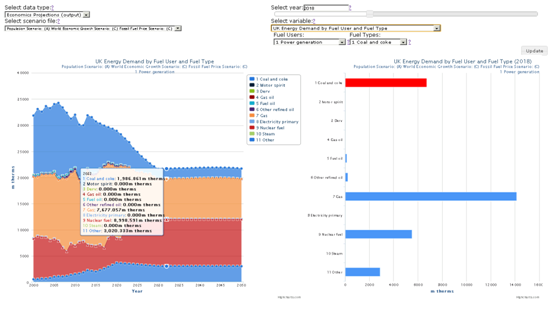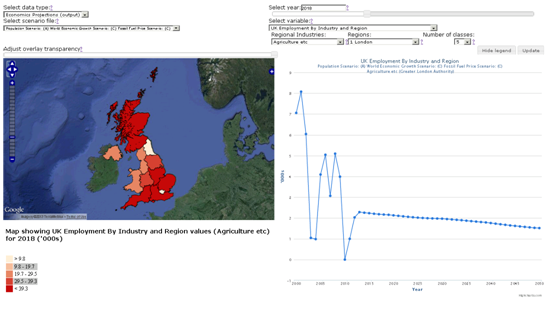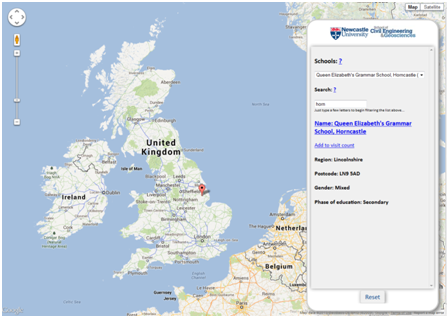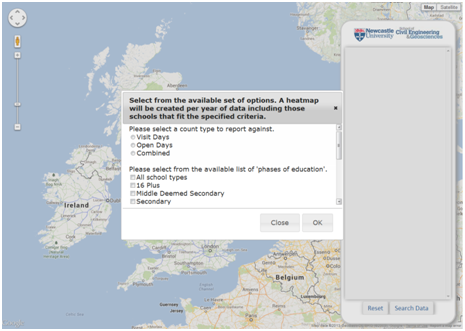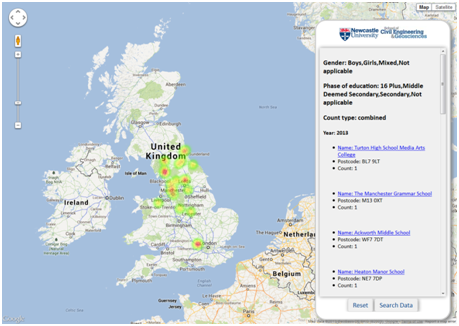During the early summer of 2013, the UK Infrastructure Transitions Research Consortium (ITRC) underwent a mid-term review, approximately two and half years after the inception of the research programme, which coincided with the annual ITRC Assembly. The assembly and review gave all of those working within the consortium, and also invited guests and delegates, the opportunity to hear about the work accomplished during the initial half of the research programme. The 5 year research consortium is funded through an EPSRC Programme Grant, with the mid-term review offering the chance to discuss the future of the flexible funding available for the final two and half years of the programme.
The three day meeting was held at Chilworth Manor Hotel in Southampton, and was facilitated by a facilitation group, Dialogue Matters to help coordinate and focus a delegation of researchers, academics, stakeholders and partners. Monday offered the chance for the Expert Advisory Group (EAG) to review the documentation and work completed under the five different work streams. Whilst part of this review took place behind closed doors alongside the program’s principal and co-investigators, subsequently the EAG gave direct feedback to all of those attending the three day meeting. This session was then followed by an open floor discussion and questioning by researchers, PhD students and investigators from the program of the EAG panel. The utility of the EAG in particular was felt by the program during these discussions, and also via their continued guidance on the cycle 2 and 3 assessments due for release in January 2014 and in the autumn of 2015 respectively. Further to the feedback delivered, the post-lunch slot was dedicated to researchers and investigators funded through the program the chance to present some more specifics about the tasks undertaken during the first half of the program. This was particularly effective in getting everyone up to speed with what others within the consortium had been working on, and helped certainly to set the scene for discussions about future directions assigned to day two and three. Finally, a group of ITRC-affiliated PhD students presented some scoping research they had carried out to try to pull together a set of data on projects, research centres and institutes at the global scale who are also working on similar research as that conducted under the ITRC banner. Not only was the presentation interesting in the manner in which it was delivered, the data and information collected offered a great starting point for further development of the ever-growing research community, acting as a focal point for information about the community at large.
Day two began to offer the affiliated researchers and investigated across the many universities represented within the program, the opportunity to address some of the following questions:
- Where have we got to?
- What is happening in this field, in other projects and around the world?
- What externalities may adjust the way this research is conducted, or will influence the likely impact the research has e.g. changes in policy, education, funding, society, environment, markets etc)
Whilst discussions of these questions began immediately in the morning session to broaden the horizon of future possible directions, a selection of “seed” ideas or possible projects that were a priori selected as being potential key research directions were also considered. The opportunities to think more broadly about possible research directions for the final two and half years of the project and also consideration of ideas already identified as of interest, gave everyone the chance to give their opinion on what could or could not feasibly be achieved given the available remaining time and resource. From a personal perspective, I think this gave everyone a real sense of ownership of the future direction of the research and certainly helped to gauge the relative importance of the different tasks identified by researchers from wholly different backgrounds. Subsequently this session allowed researchers to consider new ideas and areas based on the knowledge gained during the first half of the program. The breadth of ideas was enormous, ranging from the need for autonomous analytics for infrastructure planning, provision, monitoring and recovery to the need for new systems to manage the proposed integration of unmanned aerial vehicles within commercially used airspace in the United States, currently being considered by FAA.
Whilst the majority of the second day was spent considering the future direction of program, the afternoon session gave an opportunity for those involved to take stock of the success of the mechanisms employed for internal communication within the consortium. As the consortium is spread over many research centres and universities, effective communication between them and within the consortium is critical to ensuring objectives are achieved. The qualitative review considered the utility of using social media to facilitate communication both internally and externally, such as the use of Twitter and Skype for external dissemination and internal discussions, whilst also appraising the use of the ITRC intranet for collaborative working, and assessing the state of the external facing ITRC website.
With Tuesday giving plenty of opportunity to widen the research agenda and look at possible future research directions that the consortium could move in to, as well as assessing what tasks are to be achieved within the remaining two and half years of the project, Wednesday’s agenda focussed on narrowing this scope. A series of research themes had been identified from Tuesday’s discussions, and researchers were invited to select a theme upon which to discuss what the key areas of interest within that theme might be. However, not only were ideas generated, but challenges to achieving success in these areas were also highlighted, to give an impression of the relative difficulty of each theme. The results of many of the discussions held on day two and three have certainly helped the principal and co-investigators of the program to coordinate what tasks and objectives are to be achieved within the final years of the program.
Overall the assembly and mid-term Review offered everyone involved in the program to take stock of the achievements to date, whilst recognising the significant challenges that lay ahead when trying to deliver on a program which is trying to understand the complex nature of infrastructure, how it is operated, and it’s likely resilience to impending changes in demography, economy and climate.
The following table offers a summary of those people who were involved in the three day meeting:
| Role |
Name |
Affiliation |
| ITRC Expert Advisory Group (EAG)
Chairman |
Colin Harris |
Independent |
| ITRC Expert Advisory Group (EAG)
Members |
Rosemary Albinson |
BP |
| |
Theresa Brown |
Sandia National Laboratories |
| |
Jeremy Cooper |
Laing O’Rourke |
| |
Yacov Haimes |
University of Virginia |
| |
Geoffrey Hewings |
University of Illinois |
| |
David Penhallurick |
HM Treasury |
| |
Margot Weijnen |
TU Delft |
| |
|
|
| EPSRC Representatives |
Christopher White |
EPSRC |
| |
Iain Larmour |
EPSRC |
| |
|
|
| ITRC Principal Investigator |
Professor Jim Hall |
University of Oxford |
| |
|
|
| ITRC Program Manager |
Miriam Mendes |
University of Oxford |
| |
|
|
| ITRC Investigators |
Dr Nick Eyre |
University of Oxford |
| |
Professor John Preston |
University of Southampton |
| |
Professor Chris Kilsby |
Newcastle University |
| |
Professor William Powrie |
University of Southampton |
| |
Professor Cliff Jones |
Newcastle University |
| |
Dr Stuart Barr |
Newcastle University |
| |
Dr Stephen Hallet |
Cranfield University |
| |
Professor Pete Tyler |
University of Cambridge |
| |
Professor Mark Birkin |
University of Leeds |
| |
Dr Jim Watson |
University of Sussex |
| |
|
|
| ITRC Researchers |
Simon Abele |
University of Oxford |
| |
David Alderson |
Newcastle University |
| |
Pranab Baruah |
University of Oxford |
| |
Simon Blainey |
University of Southampton |
| |
Modassar Chaudry |
Cardiff University |
| |
Adrian Hickford |
University of Southampton |
| |
Scott Kelly |
University of Cambridge |
| |
Alexander Otto |
University of Oxford |
| |
Raghav Pant |
University of Oxford |
| |
Meysam Qadrdan |
Cardiff University |
| |
Chris Thoung |
Cambridge Econometrics |
| |
Rachel Beaven |
Cambridge Econometrics |
| |
Martino Tran |
University of Oxford |
| |
Chengchao Zuo |
University of Leeds |
| |
|
|
| ITRC-affiliated PhD students |
Edward Byers |
Newcastle University |
| |
Robert Carlsson |
University of Oxford |
| |
Razgar Ebrahimy |
Newcastle University |
| |
Timothy Farewell? |
Cranfield University? |
| |
Ed Oughton |
University of Cambridge |
| |
Oliver Pritchard |
Cranfield University |
| |
Scott Thacker |
University of Oxford |
| |
Katherine Young |
University of Oxford |
